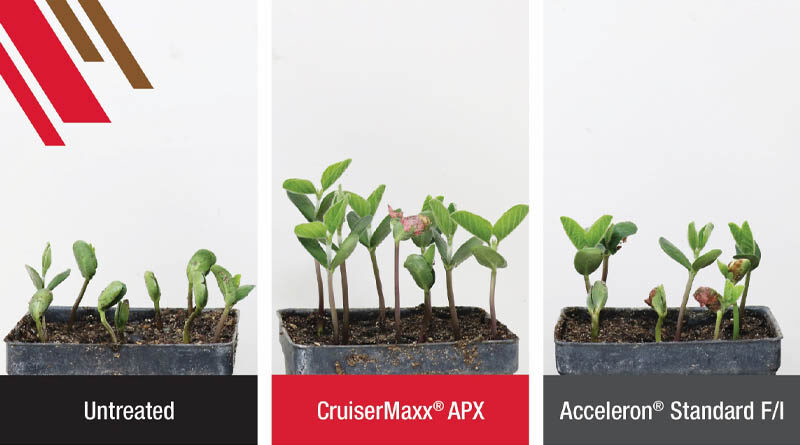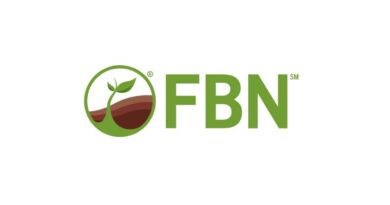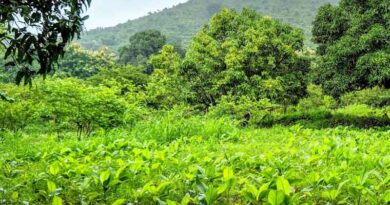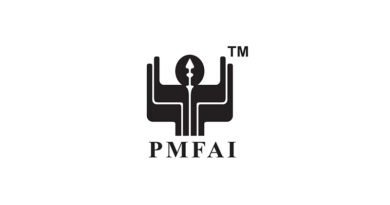With La Niña weather pattern continuing into 2023, growers should plan ahead to protect soybean seedlings from potential disease pressure
10 February 2023, USA: Early-season diseases are a common threat for soybean growers, but knowing exactly what to expect in an upcoming season can be a challenge. In 2023, there’s another complicating factor for growers to keep an eye on ― an ongoing La Niña event.
La Niña is a climate pattern that disrupts normal weather cycles. Typically, trade winds blow west along the equator, moving warm water and replacing it with colder water. During La Niña, trade winds are stronger, generating worldwide weather ripple effects.
Globally, we are currently experiencing the first “triple dip” La Niña of the century. This rare pattern, which started in September 2020, is still in effect and predicted to continue until at least February 2023, which can impact planting conditions and potential disease pressures for growers.
Cold, wet conditions possible for 2023; Pythium and Phytophthora a continued threat
Throughout the U.S., the La Niña weather pattern has potential implications for soybean growers, who should make plans now to protect their young plants from early-season disease pressure.
Many soybean-growing regions were colder and wetter than normal in 2022, a pattern that is likely to continue in 2023 thanks to La Niña. Common soil pathogens such as Pythium and Phytophthora favor wet conditions and were spotted in many fields in 2022, leading to weak plant stands and replants. As both of these pathogens do overwinter on plant debris, growers should expect a potential threat from them in 2023.
Early-season diseases like Pythium and Phytophthora can cause reduced plant stands, root rot and stunting. Ultimately, this adds up to limited yield potential, as Pythium and Phytophthora can reduce yields by as much as 30%1 and 50%2 respectively. Cultural practices such as planting earlier with reduced seeding rates means protecting against these diseases is more important than ever. Maximizing soybean yield starts with minimizing stand loss, damping-off and consequent replanting caused by these seedling diseases.
Protect soybeans from day one
The best way to manage yield-robbing disease pressure is to get out in front of it. Growers should choose varieties that are appropriate for their fields and add a proven seed treatment to protect young soybeans when they are most vulnerable.
First available in 2022 in limited trials, CruiserMaxx® APX (pronounced APEX) seed treatment from Syngenta has quickly proven its worth. CruiserMaxx APX combines the proven CruiserMaxx Vibrance® seed treatment with picarbutrazox, a novel mode of action, for supercharged early-season protection against Pythium and Phytophthora, as well as Fusarium, Rhizoctonia, seed-borne diseases and early-season insects.
“We were thrilled that growers saw the same superior performance in 2022 that we’ve seen while developing this novel mode of action since 2014,” said Dale Ireland, Ph.D., Syngenta Seedcare technical lead. “It was formulated to perform in all planting conditions and fit with current soybean growing trends, including earlier planting and lower plant populations. We’ve seen that flexibility deliver more freedom to our customers to plant when they choose to without worrying about replants and the associated costs. And I’m excited to see what CruiserMaxx APX will deliver for growers in 2023.”
This powerful disease protection and early-season crop vigor translate into a tangible yield advantage. Compared with competitor seed treatments, CruiserMaxx APX demonstrated an average yield increase of 3 to 5 bushels per acre in moderate to high Pythium pressure situations.3 Additionally, in an Ohio State University Phytophthora trial, CruiserMaxx APX was the only seed treatment to deliver a statistically different 5-bushel yield advantage compared with the check treatment.4
While reseller and seed treater Zach Hartman from Morris, Illinois, has always been impressed with CruiserMaxx Vibrance, he was pleasantly surprised by how well CruiserMaxx APX coated the seed. “2022 was filled with some seed quality issues that just didn’t show up with CruiserMaxx APX like it did with other products we used,” he said. “The color was darker and filled in the imperfections of the seed. Protection is key in today’s farming. If weather allows, farmers will plant in mid-April. Add the extra protection in CruiserMaxx APX, and feel confident.”
Baker Morgan, a grower from Parkin, Arkansas, is sold on the benefits of a soybean seed treatment. “It always helps to have a soybean seed treatment, and Syngenta is offering the best protection with CruiserMaxx APX,” he explained. “I always like to see a good start to the crop with strong seed emergence and an even stand. CruiserMaxx APX provides a superior disease-prevention package, and I have seen a season-long advantage compared with plant stands that struggle early. A fast, healthy start is imperative on our farm, and CruiserMaxx APX helps with just that.”
Weather patterns may be unpredictable from season to season. But no matter the conditions, soybean growers can trust CruiserMaxx APX to protect against yield-robbing diseases and insects while enabling faster, more uniform emergence, stronger plants and roots, and quicker speed-to-canopy.
Also Read: GST rates on agrochemicals must be maintained at 18% to avoid inverted duty structure: CCFI
(For Latest Agriculture News & Updates, follow Krishak Jagat on Google News)















